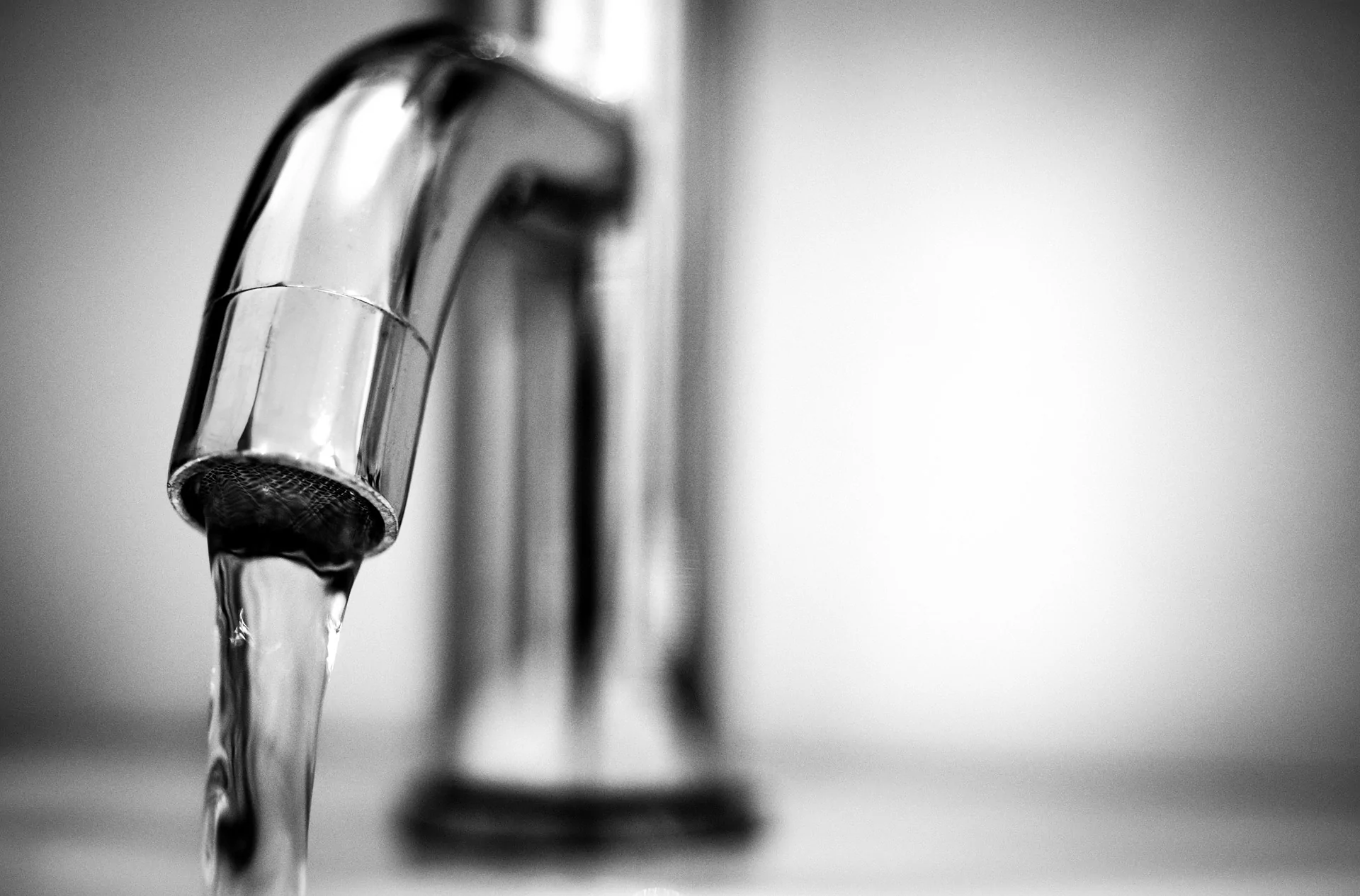
21 Apr Tips for Caring for Your Plumbing Year-Round
Here in the United States, we tend to take indoor plumbing for granted. If you’ve never traveled to underdeveloped countries or gone backpacking in the wilderness, it’s easy to forget that some people live without toilets, sinks, or showers. Indoor plumbing allows us to live easier and more hygienic lives, but without the proper maintenance, you could find yourself in the middle of a major plumbing disaster.
Along with being a major pain, plumbing issues can also be very expensive and wasteful. According to the EPA, a leaky faucet can waste hundreds of gallons of water a year. That’s hard on the planet and your wallet, and that’s just one of the potential issues that can come from ignoring plumbing problems.
You don’t have to sit around and wait for a plumbing disaster. You can take preventative measures into your own hands.
1. Each Day
Daily maintenance is all about ensuring that the water flows freely through your pipes and drains. Preventing clogs is a lot easier than dealing with clogs once they happen.
In the bathroom, be sure to use screen traps in the sink and shower to keep hair and other materials from going down the pipe and creating a clog. It’s also wise to avoid oily or creamy beauty products in the shower as much as you can.
In the kitchen, your garbage disposal will help keep the drain clear, but everything you allow to go down will have the potential of creating a clog. This is especially true of foods that contain grease or are particularly fibrous, such as banana peels. If you do use the garbage disposal to handle small amounts of food particles, be sure to run the water before and afterward to ensure that everything goes down.
You might think you can rely on chemical clog removers in the event of a clog, but this isn’t always the case. Not only do these products often fail to do the job, but they can also cause corrosion that can seriously damage your pipes over time.
2. Each Week
Your weekly maintenance checklist should include keeping an eye on water pressure and checking to ensure nothing is leaking. Keep in mind that leaks don’t always come from the faucet themselves. If you see unexplained puddles, water stains, or mold, you have a problem. Don’t let it go. Aside from the waste factor, water damage is often more extensive than you think.
When looking at your sinks and faucets, check to make sure that water isn’t leaking from the handles or valves beneath the sink.
3. Each Season
In the fall, before the weather gets too cold, drain your outdoor hoses and sprinklers before shutting off their water supply. This will prevent sitting water from freezing, expanding, and causing damage. If you haven’t already, be sure to insulate any piping that isn’t protected by the warmth of the house.
This is also a good time to look at your washing machine and dishwasher. Both of these major appliances can develop leaks that can lead to plumbing disasters, so look for cracked, twisted, or otherwise damaged hoses, and make sure that no water is leaking. And don’t forget to check your dishwasher screen — according to House Method’s seasonal maintenance guide, blocked dishwasher screens reduce the machine’s efficiency over time.
It’s wise to have a plumbing professional visit for an inspection during this time. Making sure that everything is okay with your plumbing and water heater will help you enjoy a smooth ride through the winter months.